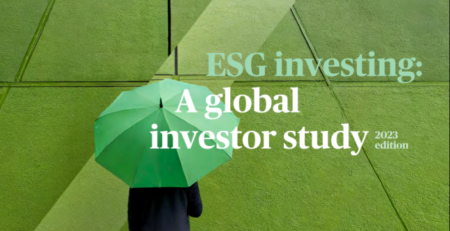Seeing the forest for the trees: Why pension funds should take another look at forestry as an asset class
By Fiona Stewart, Samantha Power
Pension funds invest our savings over decades, so it is not surprising that they have a long history of investing in forestry assets. Swedish investors can trace the ‘roots’ of forestry investment back to the 13th century. In the modern era, pension funds began investing in forestry about 50 years ago, in the Southern United States. Since then, this modality of investment has expanded across the U.S. and Canada, as well as in Oceania, Europe, Latin America, Asia, and some parts of Africa.
Yet this class of investment—which includes both planted and natural forests—is still surprisingly limited in scope. Despite its long history, the total institutional investment globally is likely less than $100 billion. This figure is tiny compared to the $4 trillion investment in private equity, for example.
Equally surprising is that almost all of this investment has come from institutions in OECD countries. In countries such as New Zealand, large public pension funds have experts dedicated to forestry investments. In contrast, pension funds in Latin America—particularly in countries such as Uruguay, which enjoys favorable environmental conditions for forestry growth—invest exclusively via private equity instruments, often known as Timber Investment Management Organizations (TIMOs).
A new World Bank report, Pension Fund Investment in Forestry, aims to address a lack of knowledge about forestry as an asset class—a major limiting factor to investments. The report details the nature of forestry investments, exploring the case for investing in the area, explaining the mechanics of forestry investments, and highlighting some of the challenges. Pension fund trustees, managers, and regulators should find it particularly useful.
Addressing challenges, increasing returns
The advantages of investing in forests are multiple. Forestry investment can offer financial as well as environmental, social, and governance (ESG) benefits. Historically, risk-adjusted returns have been favorable—although they have declined over time and data outside the U.S. is limited. Investments in forestry can provide diversification within a portfolio and an inflation hedge. And because they are long term, they offer both cashflow- and duration-matching.
Source: World Bank











